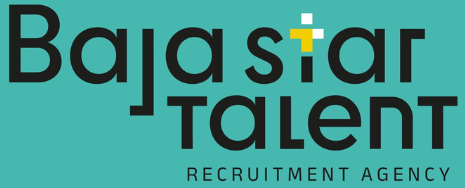Created by Ryder Carroll, it is an excellent tool to increase productivity, concentration and the achievement of your goals. A notebook and a pen is all you need to get started.
One of the fashionable terms in the workplace is “bullet journal”, something like the “Work Journal” that is talked about so much on TikTok, but with this plus that will allow you to become a leader in your life and your organization.
The concept was created by Ryder Carroll, a 40-year-old digital designer born in Vienna who was diagnosed with attention deficit disorder and who, to pass his exams, decided to record everything in several notebooks, including his thoughts.
Little by little he managed to avoid many notes on scattered papers and notebooks and managed to have one. It was there when he made his own website and caused a sensation: his bullet journal went viral in a very short time.
The idea is as simple as leaving aside the digital, scattered notes and self-messages via chat. You just have to have a notebook and write. In fact, it is proven that handwriting fixes knowledge and increases memory, making dispersion disappear.
How to start a bullet journal in five steps
Ryder Carroll sums it up in these five tips:
Choose a notebook that you really like and that goes with you everywhere. From there, create an index to help you find everything you include. On the following pages, title “Future Registration” and divide them by month. List the pages. Then you can start writing a daily task log, a monthly log, and a yearly log, as well as lists and collections. To catalog those ideas, meetings, events or tasks you will need a series of symbols that precede them, and more symbols to indicate that you have completed a task or that you have moved it between sections, for example.
Write your intentions. Define your need. For example, being more productive, or not forgetting pending projects that you never complete.
“Write down what you want to get out of bujo and make sure it’s based on your lived experience. You can, and should, change your intention whenever you need to, so don’t overthink it. It’s fun to see how your intentions change over time. Also make sure that your intention does not have a result. A big part of bullet journaling focuses on the process. Your intention is there to give you a direction, not a destination,” says Carroll.
Record your thoughts related to your focus in your notebook throughout the day. If you’re using bujo to help you cope with depression, record the things you’re grateful for as they happen. If you’re trying to be more productive, write down the things you need to do as they come up, not in advance. “When starting out, the important thing is to get into the habit of capturing your thoughts as they arise. No planning, no templates, no stickers; simply capture your thoughts on paper. Keep things simple. It may not seem like you are doing much at first, but the long-term impact of doing something instead of nothing cannot be overstated.”
Use what you need. “The power of bullet journaling comes from its adaptability. Its design is modular, allowing you to add and remove functions depending on your circumstances. The number of tools available in this method may seem overwhelming when starting out, but part of the practice is choosing the right tools for the job. Start by using those that naturally support your intention. Once you have captured your thoughts for a while, you will begin to identify what is missing (for example, categorizing your thoughts). It’s time to add another tool to your kit (like quick journaling, which will help you categorize your thoughts into tasks, events, and notes; collections, to separate your thoughts into their respective topics…).
Focus on what matters. There are many examples of bullet journals. Artistic or minimalist, they can paint intimidating portraits of hyper-organized lives. “This method will not make you immune to the chaos of life. In any case, it will help you accept the mess a little more, to learn from it. It’s not about perfection, it’s about purpose. It is designed to help us spend more time on the things that matter and less on the things that don’t. We do this by paying more attention to our lives, one note at a time. “That’s how you start,” Carroll concludes.
